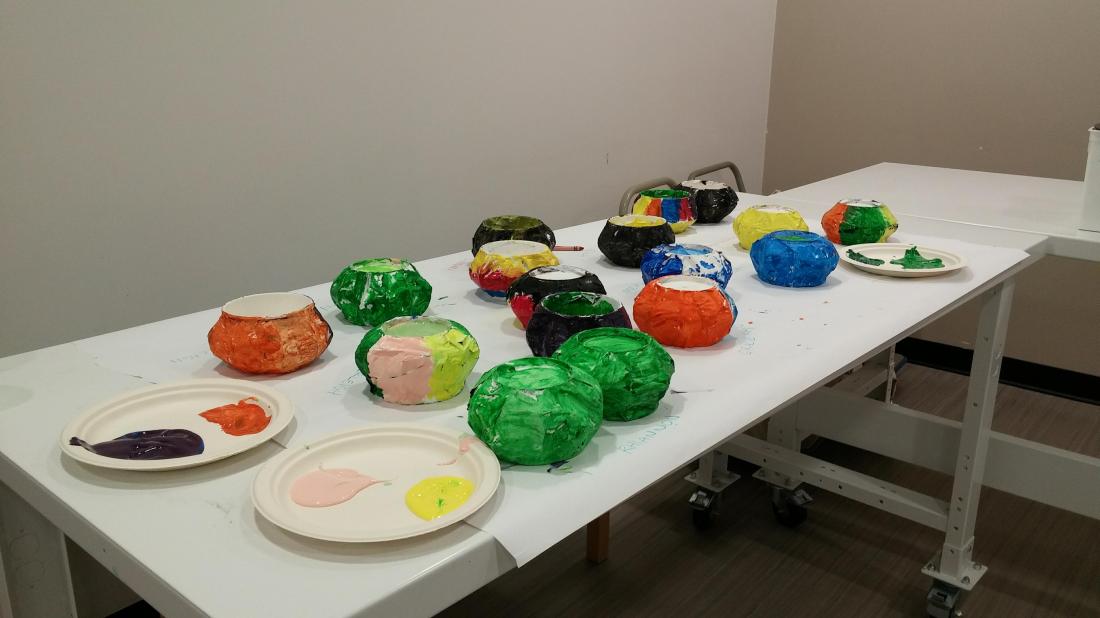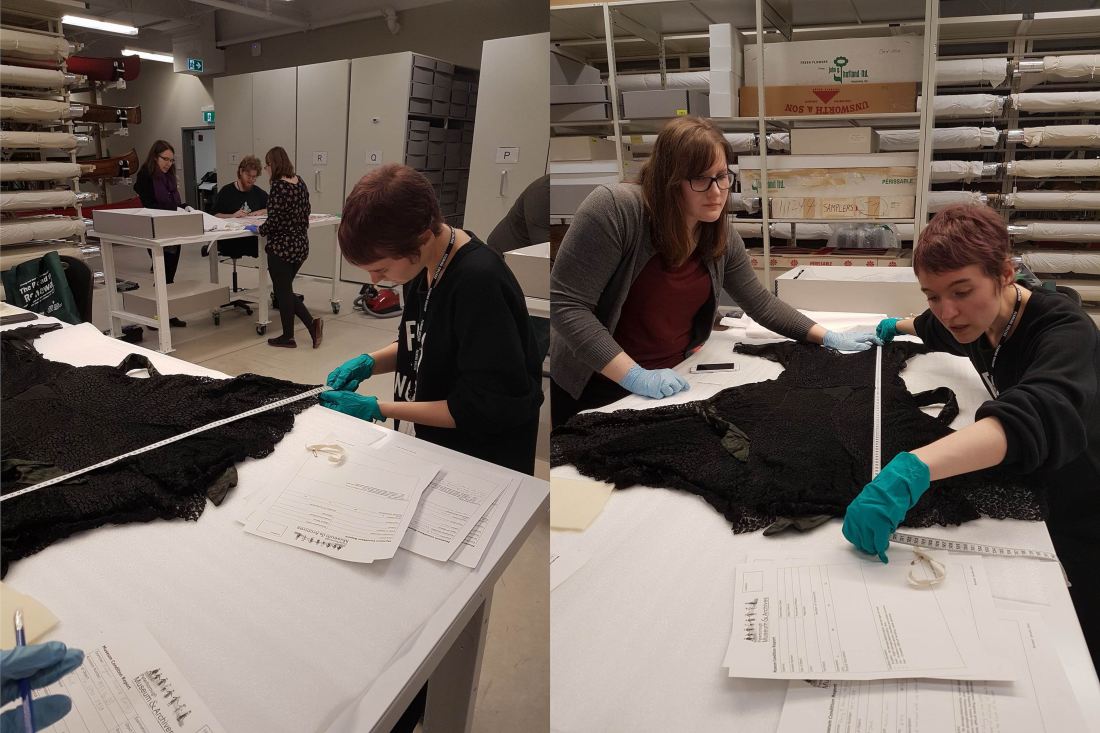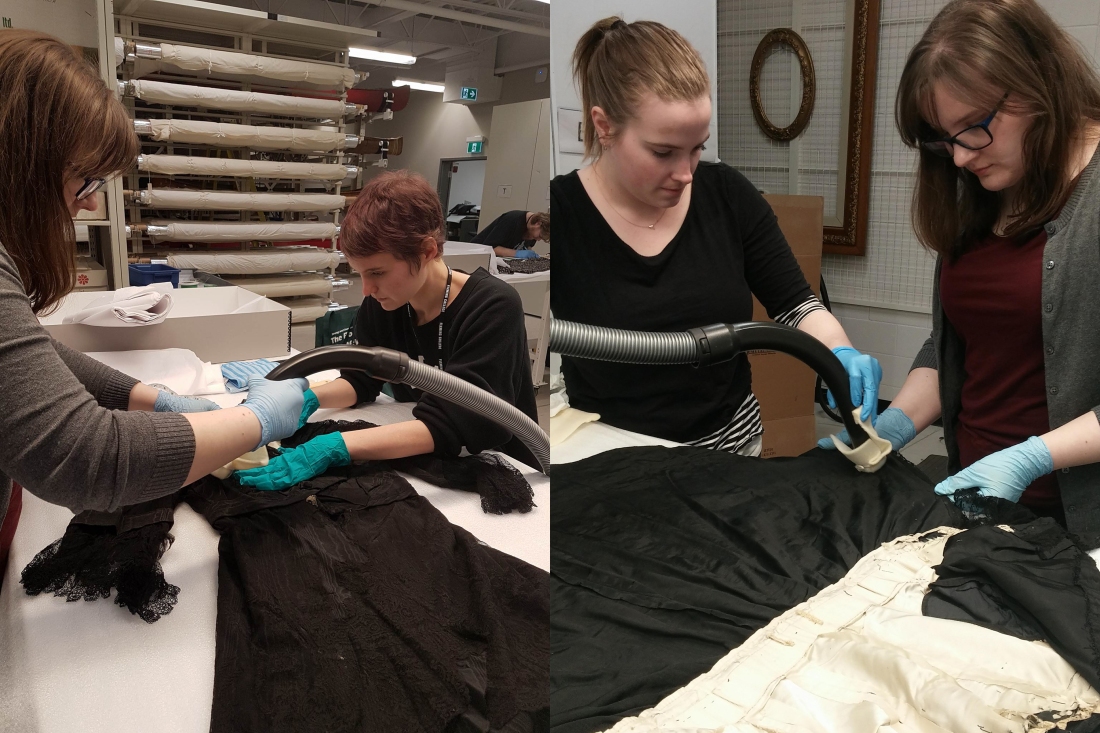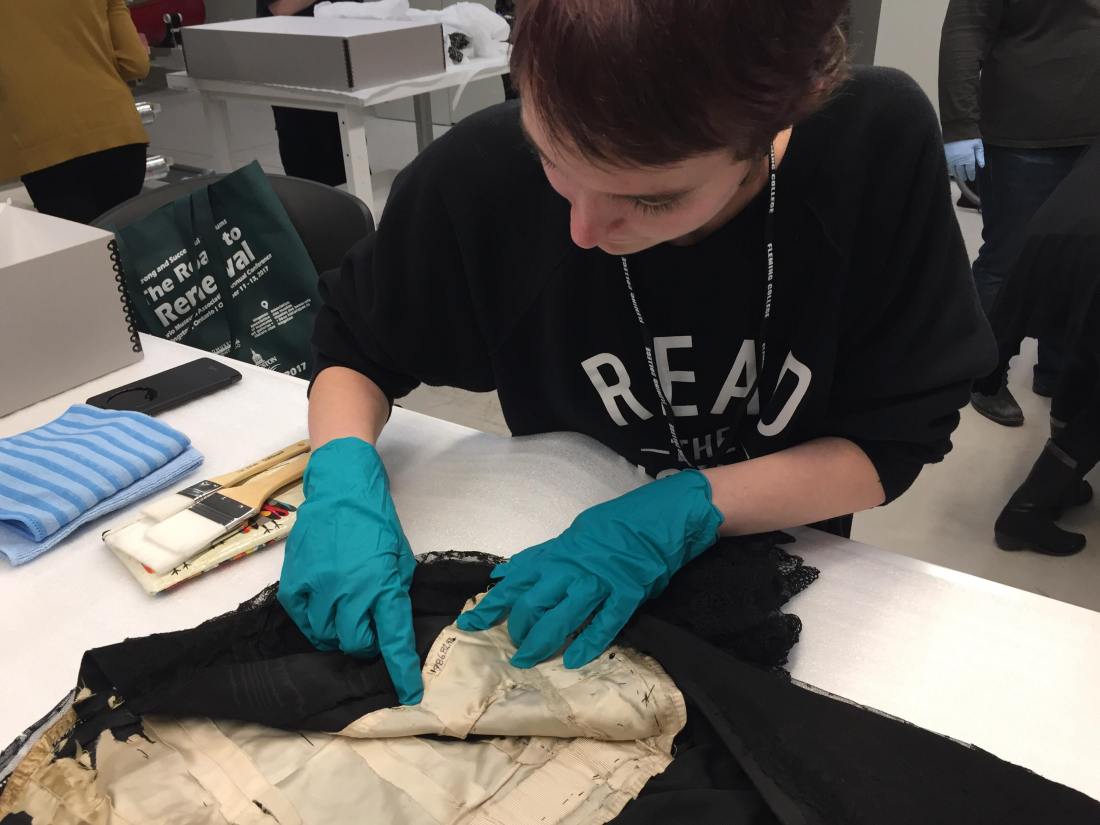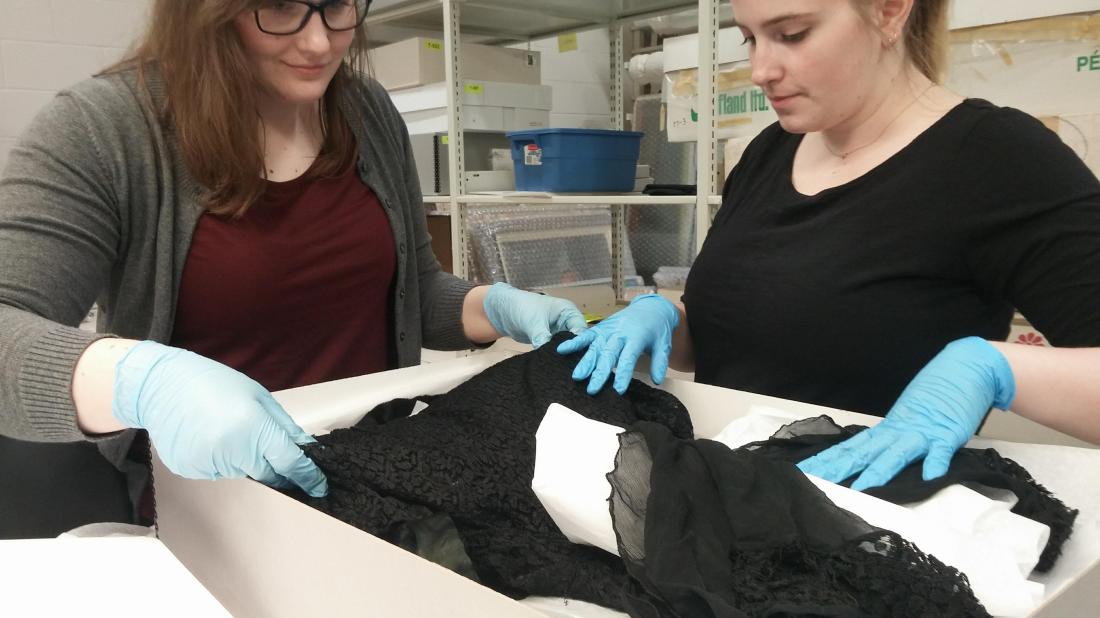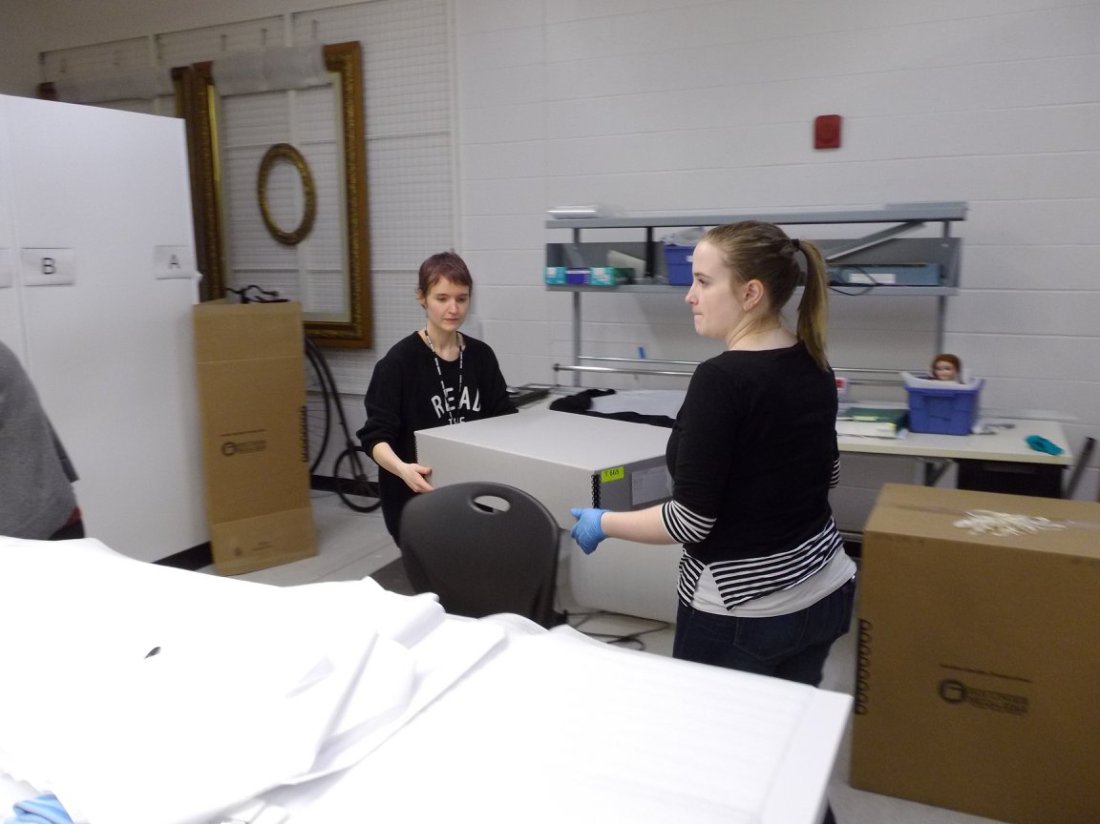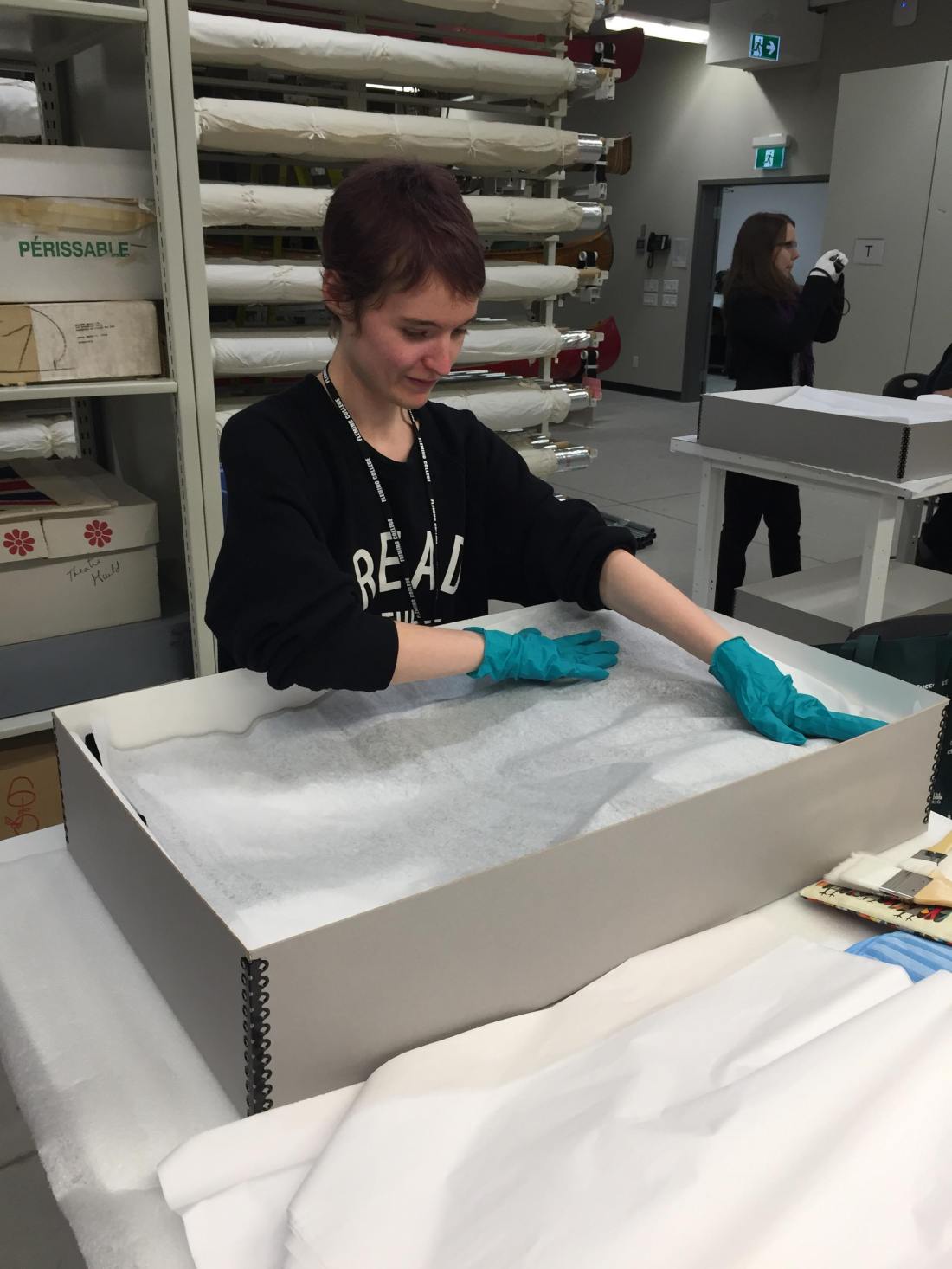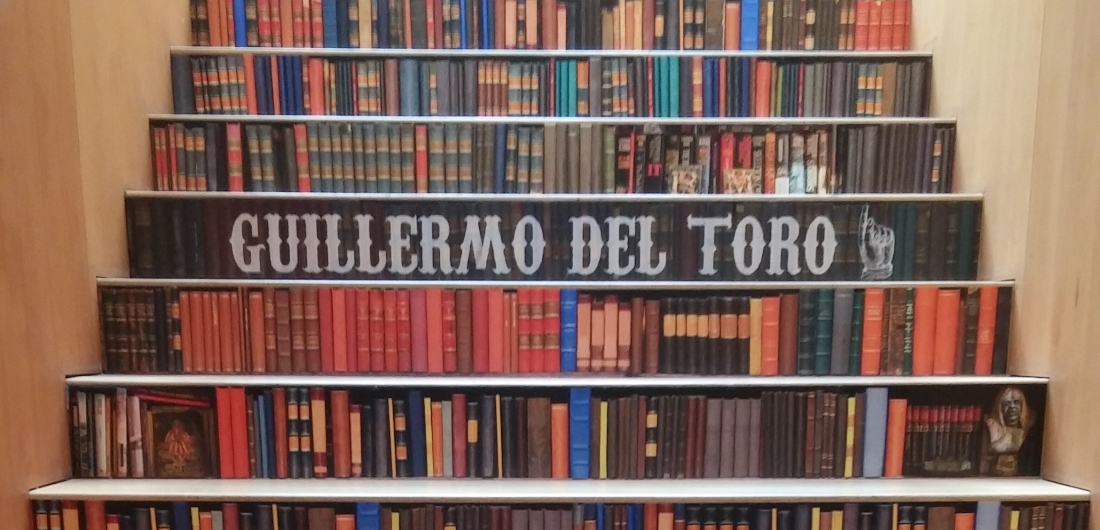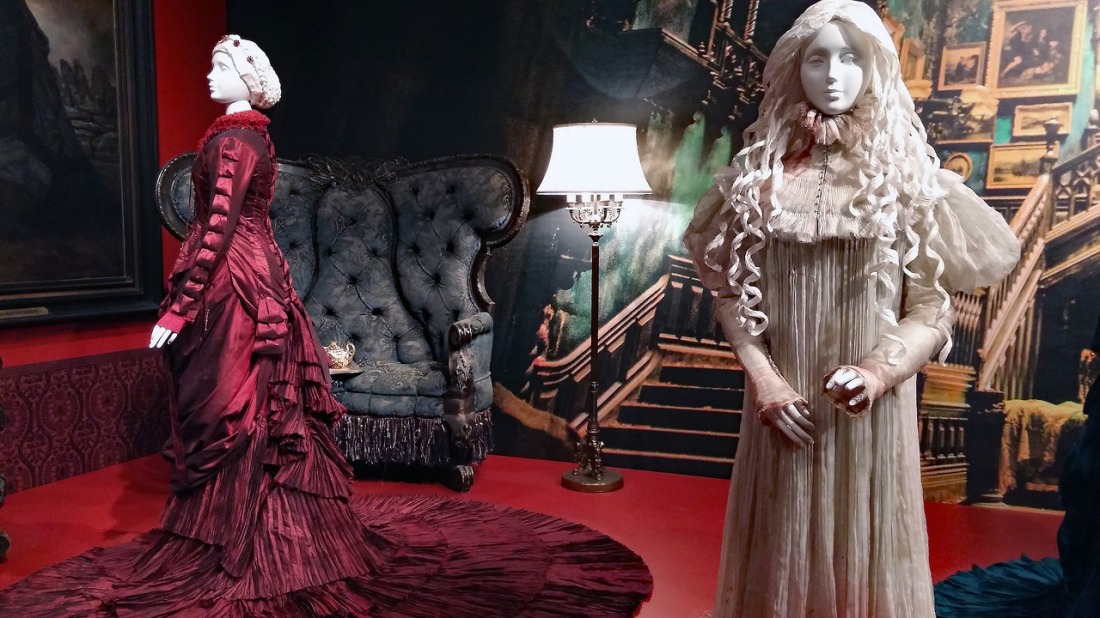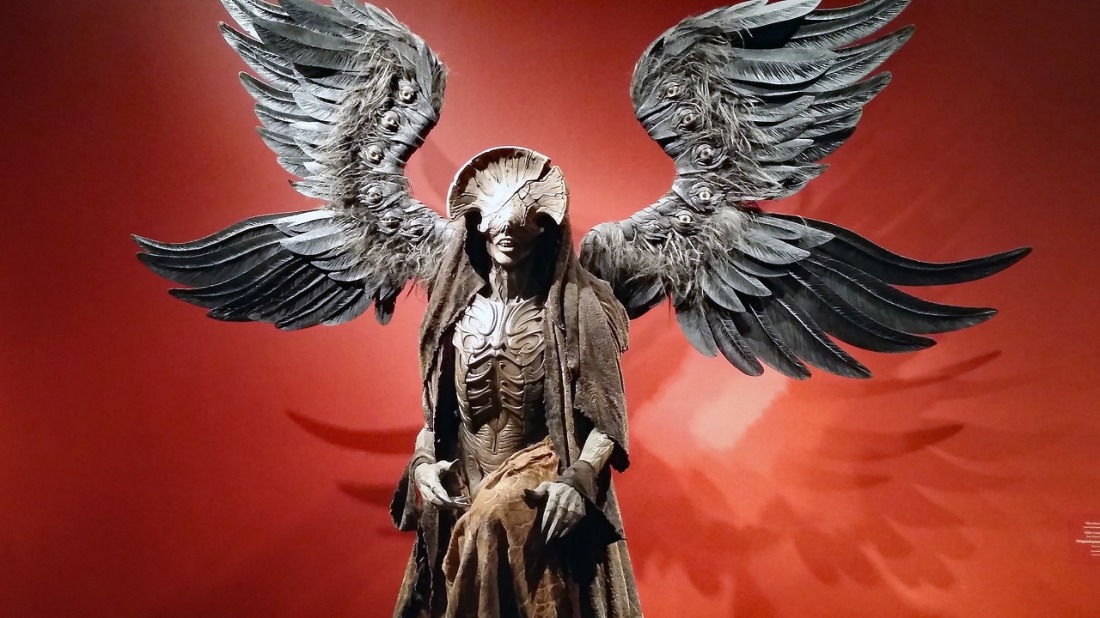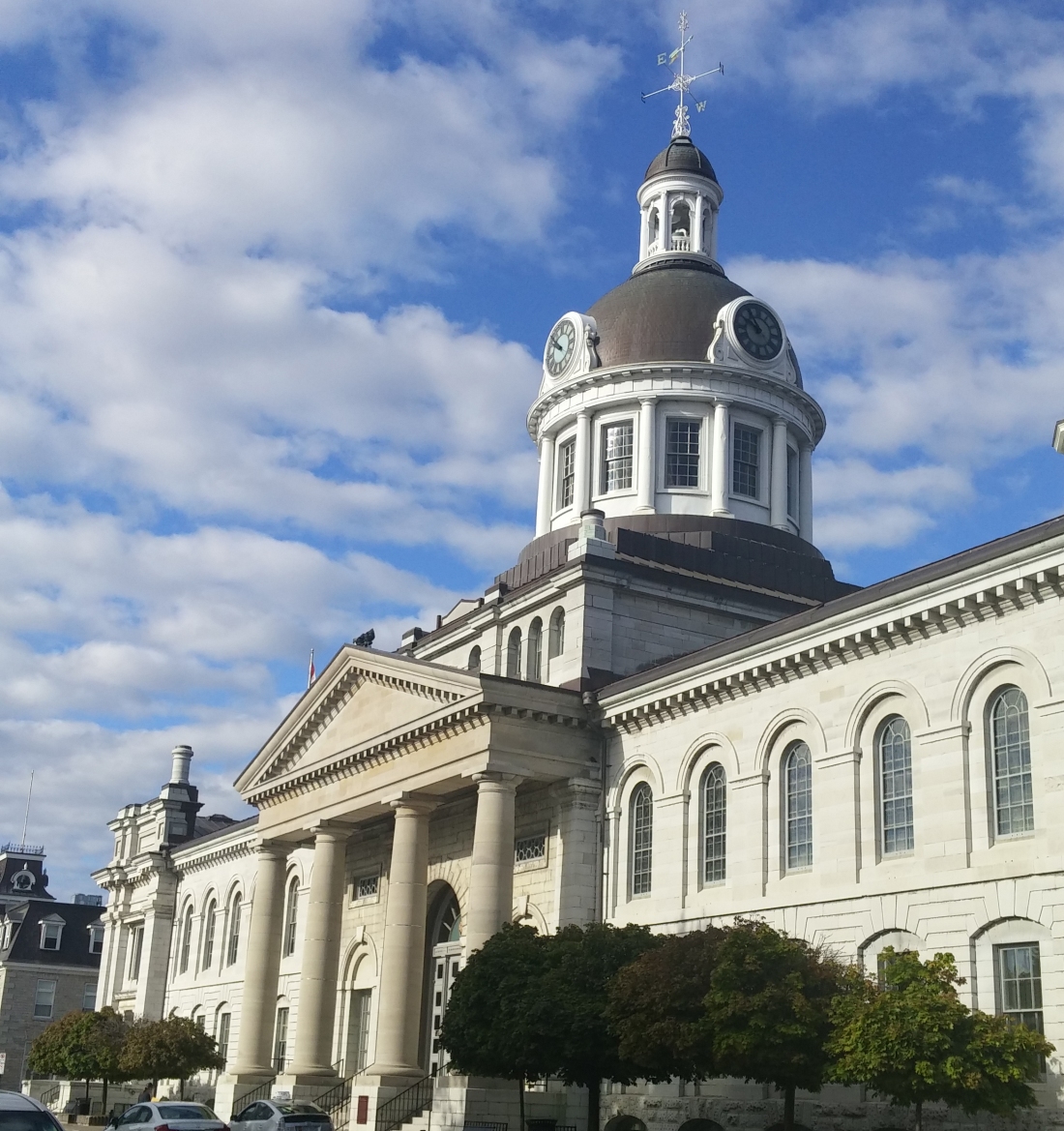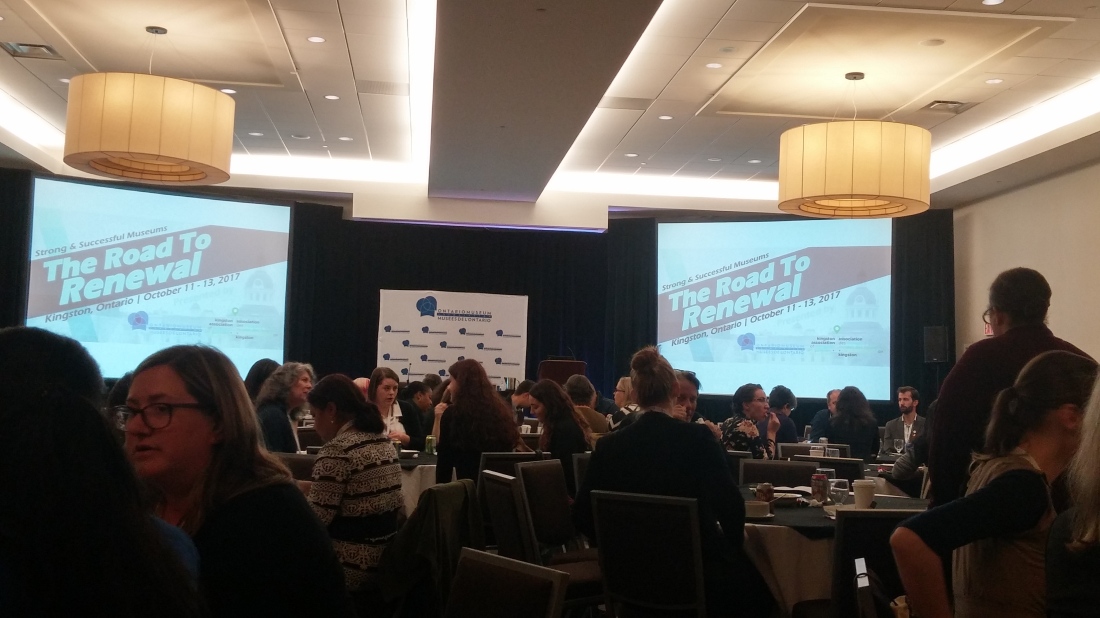When the general public thinks of museums or heritage sites, the first thing that usually comes to mind is education through exhibits, historical re-enactments, and artifacts. This is certainly true, and many institutions go to great lengths to make sure their visitors leave with new knowledge gained. However, it is important that an equal amount of effort goes into educational programming whether it’s at a large museum, a local heritage site, or art galleries.
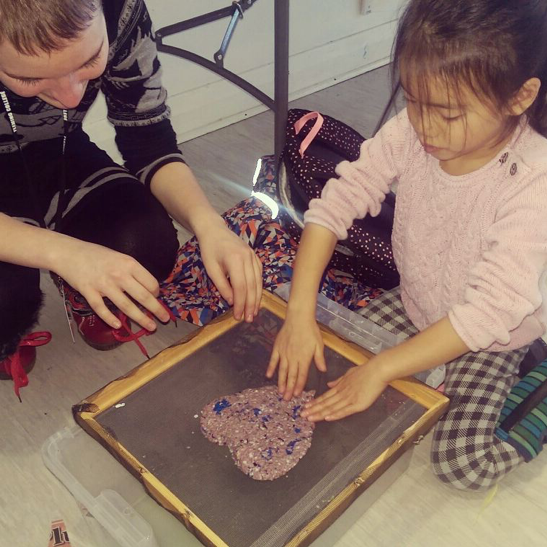
Summer camps, Saturday morning clubs, and other forms of youth engagement all help make museums more accessible. The more an institution does to appeal to grade schoolers, high schoolers, and young adults, they gain a better reputation. Diverse education programs show that museums are more than just academic organizations meant to acquire, research, and store/display historic artifacts.
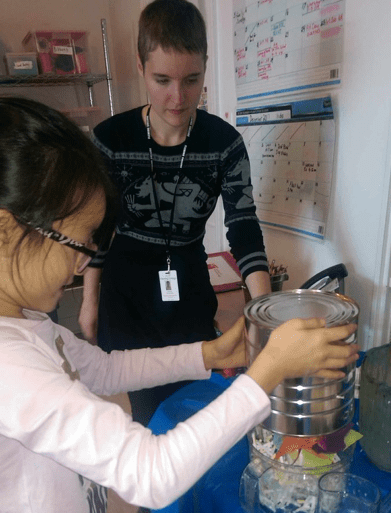
A good example of an institution’s educational programming matching its mission is the Art Gallery of Peterborough. In its own words, “the AGP will present a variety of visual art experiences and explorations to stimulate and expand public perception of art as a part of our life and community”. Through its educational yet entertaining Saturday Art Club, where children are encouraged to express themselves through various forms of art, the AGP succeeds in their mission. While I volunteered with the Art Club, I saw that a successfully run program results in excited and happy participants.
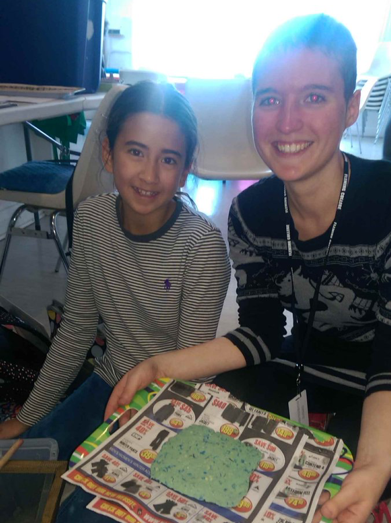
However, the contents of an education program don’t always have to be set in stone. Many programs (such as the Discovery After Dark evening presented by myself and my colleagues from the Fleming MMC program at the Peterborough Museum & Archives) require a certain level of adding and subtracting. Meaning that it’s important to realize what activities might need to be taken out and what will be replaced.
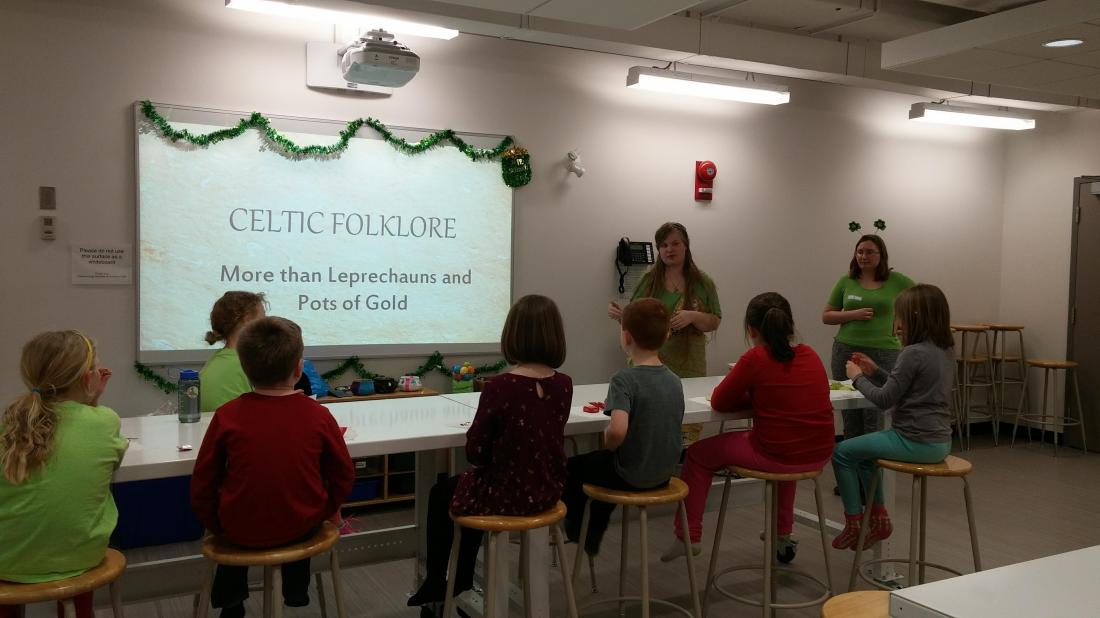
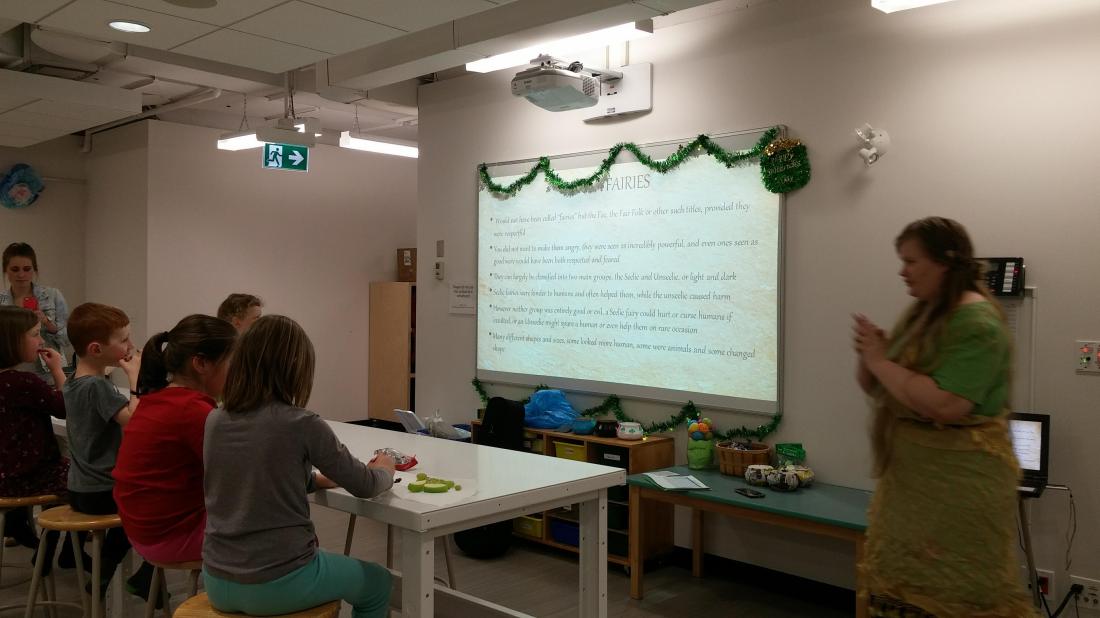
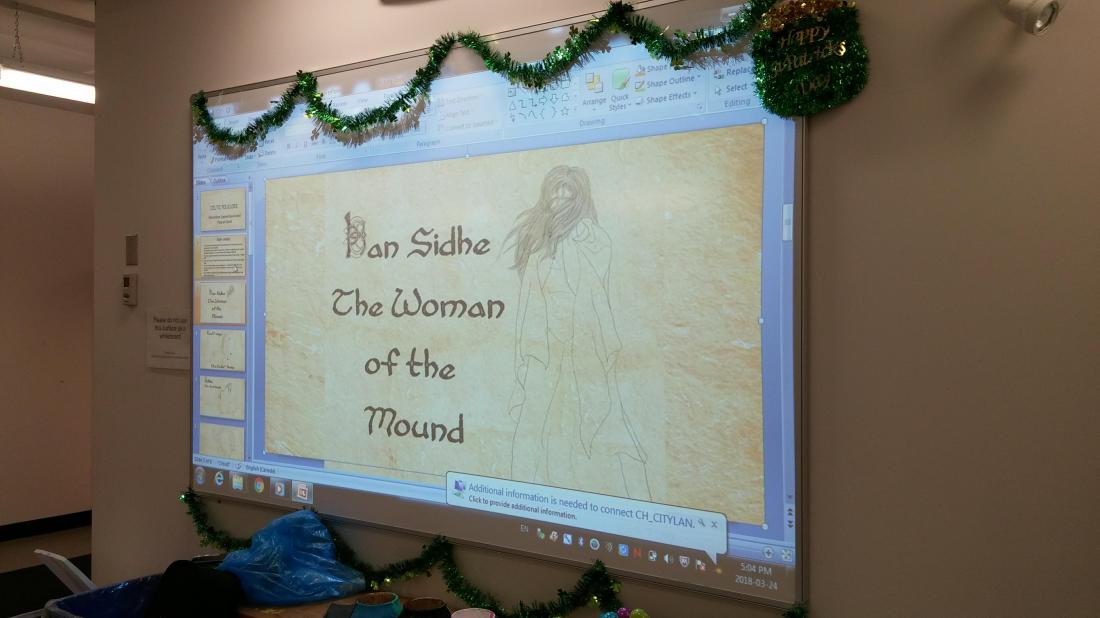
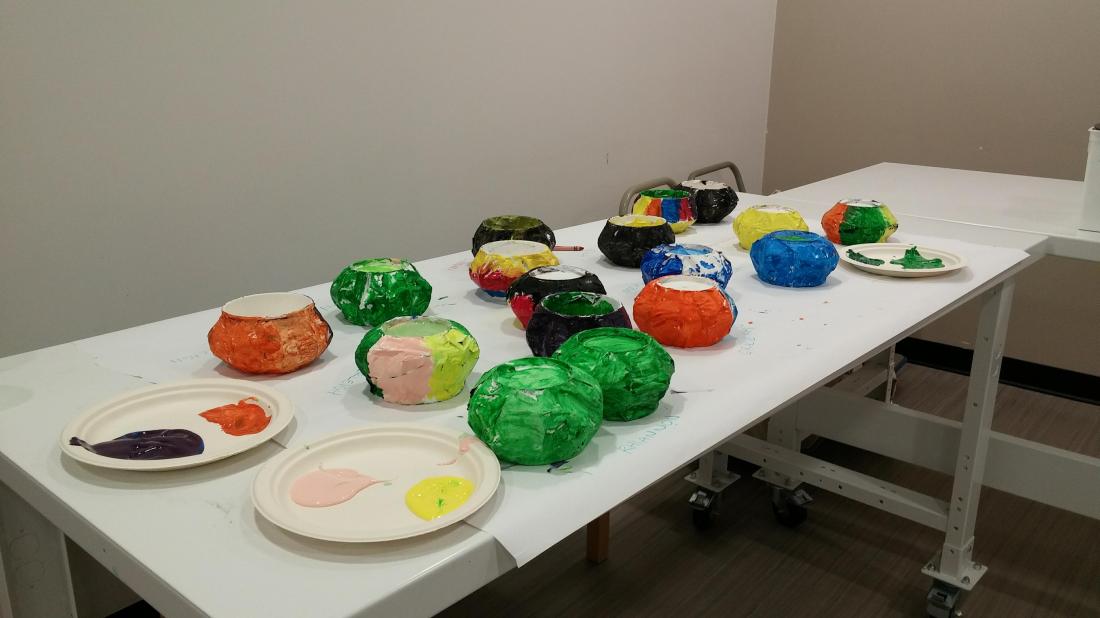
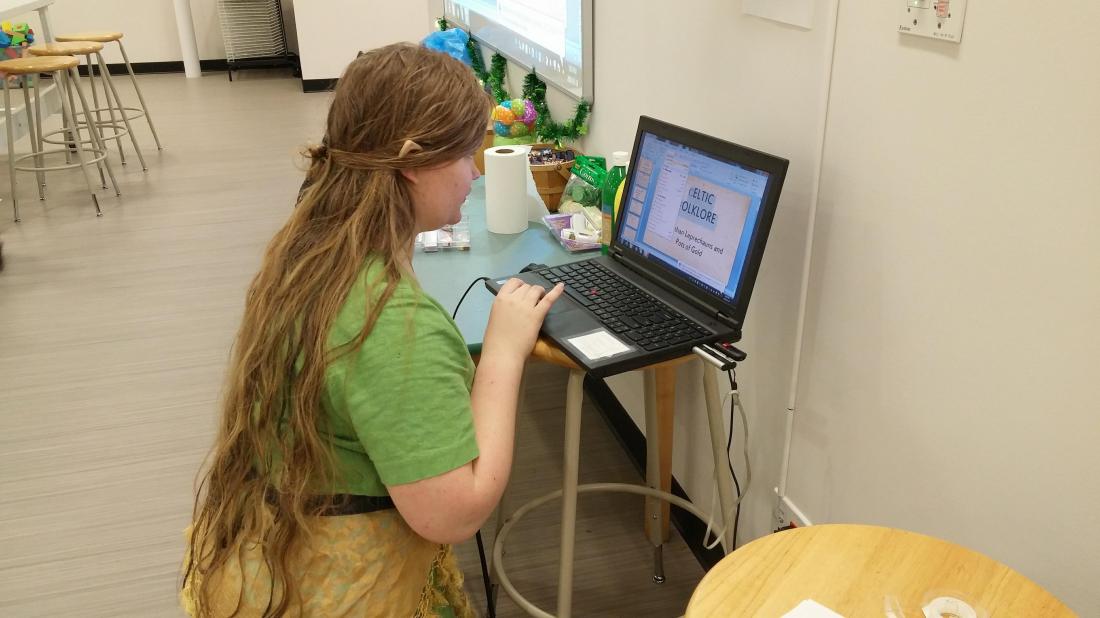
Other important lessons gained from this particular volunteering opportunity: think fast, go with your gut feeling, and most importantly, be positive, helpful, and fun.
